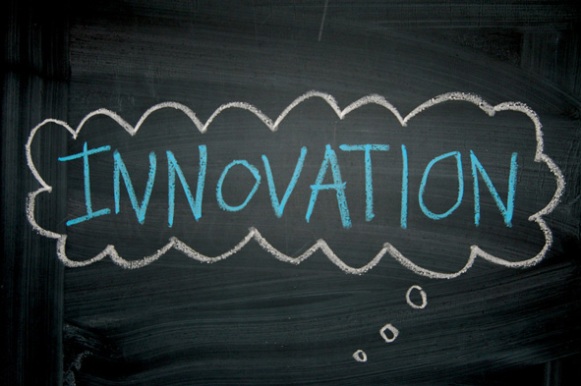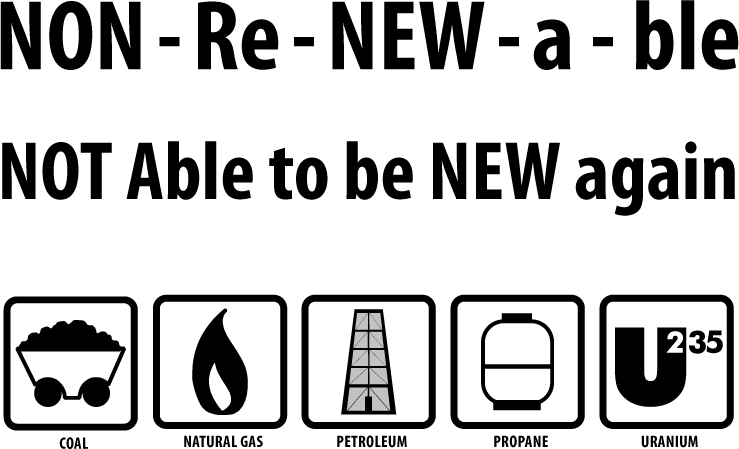To introduce, last lecture was very practical, something very unusual and very enjoyable, it got me thinking. Products play a huge role of our everyday lives, feeding us, clothing us, entertaining us, informing us, transporting us, sheltering us, bringing us closer together and even amazing us. If there is a need it is likely someone made something to address it, and that stimulated us all to think innovatively about every day products.
Last session in class we explored the possible improvement of different products, looking at a mobile phone, a shoe and a heart defibrillator. Looking at their functions we see a pattern of number of use, from highest to lowest: Phone, shoe and defibrillator. Each one theoretically more difficult to innovate than the other, the easiest being the defibrillator for having one a single function. The fact that a phone has so many functions create huge obstacle to make the product user friendly without compromising parallel functions.
It was also looked at, how to make the product successful in the first place. Is innovation needed for these products? From the discussions in class the answer is yes, though it could be argued. However, if the product does fulfill a need previously unaddressed, then the answer is absolutely YES! How can you meet a need without an innovative solution? I can’t see it being done, even when it uses ordinary products.
According to one theory presented in lesson, for a successful product a balance of three aspects is needed. Function, Price and want. Does this product successfully do what it is supposed to? Is it affordable to the general public? And do people need and want this product? If the answer is ‘yes’ to the three questions when looking at any product, then you are likely to be examining an innovative product.
An aspect we didn’t look too much into detail is aesthetics and ergonomics, factors I constantly think about on my daily life about everything. Having some background on Product design I like to see, hear, smell, feel and try products, measuring how ergonomic/aesthetic it is to me. I tend to be very diverse on which to focus on depending on the product. I would definitely choose a shoe based on its appearance alone, where as a chair I’d put comfort first.
Exploring products we came to the method of discovering a need. One can simply ask someone else for what they need, but that might not be a great way to find out, as momentary feelings, wants and needs may interfere. Catching someone on time of need is an alternative way to understand a need, putting the designer on the shoes of the user, creating the feeling of need, frustration, want and so on in order to illustrate the gap the product needs to fill more accurately. So the example of the emergency room showed this really well, simulating the need of urgency and physical discomfort, ingenious.
And from this the discussion about creating a persona arose. I particularly liked this way to demonstrate a need, as it creates an emotional link from the intellectual knowledge of the need to the creator, much like the designer putting the user’s shoes. Emotions are far more effective communicators than words.
Followed the great lecture about creativity, the themes are all very interesting to me, and last week’s didn’t disappoint. Products make our everyday life, it is ultimate human instinct to create things.


